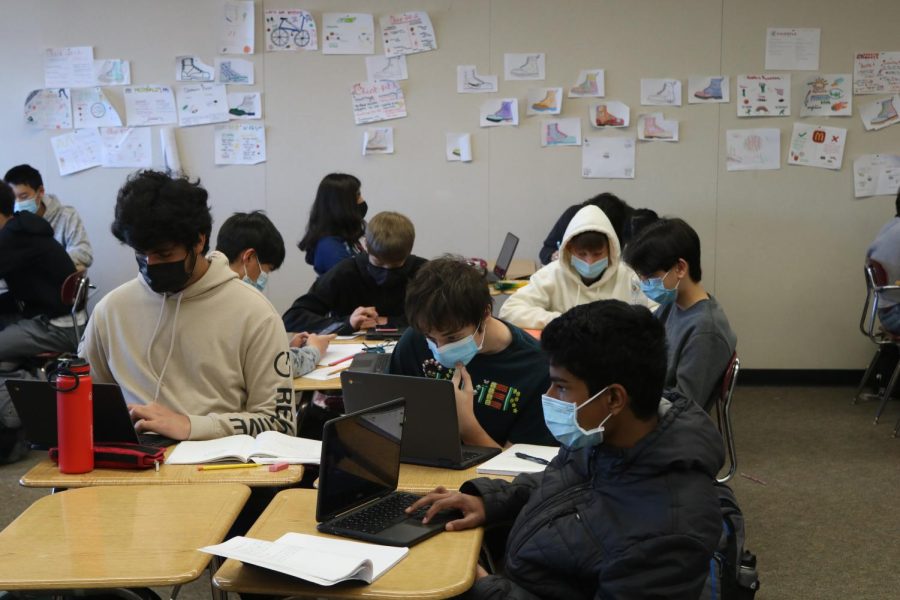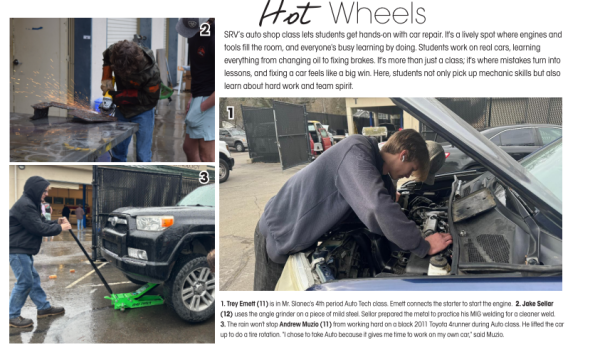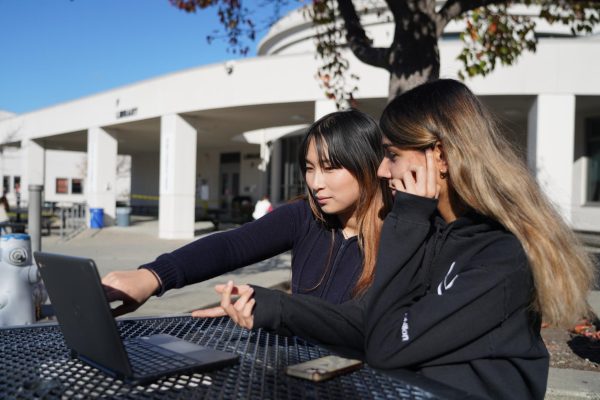Omicron changes students’ perspective
Recent case increase concerns many at Cal High
While students have to remain masked indoors, some other protocols related to COVID-19 have changed across district campuses such as Cal High.
Since the beginning of the second semester up to the end of Jan., COVID-19 cases had been rising because of the new Omicron variant, causing students to become more acutely aware of the virus at school.
“Since I have two younger siblings at home that are not vaccinated, I feel unsafe and scared for myself and my family,” freshman Daksha Chandragiri said. “Although I tend to be careful myself, I know others don’t follow too many rules and that concerns me about the environment I’m in daily.”
After Jan. 18, Cal High stopped sending out individual contact tracing emails because it was becoming too overwhelming due to the number of cases reported each day, Principal Megan Keefer said.
“It’s not right [to stop individual contact tracing],” sophomore Valerie Gao said. “They should tell students if they were exposed to COVID-19.”
There were 108 new cases of COVID reported by the school during the first four weeks of the second semester, according to district figures. Cal had 163 positive cases this school year as of Feb. 7, including only 55 during the entire first semester.
Because of the rapid rise in these numbers, Contra Costa County decided to shift from individual to group contact tracing, sending email reports out every day instead.
“Contra Costa County is probably one of the most precautious counties in America,” Cal nurse Niko Holmes said.
Holmes said that administrators are hoping students and parents will be honest and responsible by getting tested if they are known to be exposed to COVID-19.
“[It’s] most likely that next year, students will be required to be vaccinated,” Holmes said.
Many students said they are paying more attention to their surroundings on campus and are being more cautious since more cases are being reported.
“There is no number [of cases] that would trigger our school in closing,” Keefer said. “[Closing] is not our school’s decision, not even the district’s [decision]. It’s from state to county. Best [option is] to have students stay on campus.”
Many University of California and CSU campuses returned with virtual instruction in January. Nearby Hayward Unified opened remotely for the first week back as well because of the Omicron surge.
Health guidelines are decided by the state and then passed down to counties. Contra Costa County can make the guidelines more strict before passing them on to school districts. Cal receives its guidelines from the district, Keefer said.
Administrators suggest that students wear masks indoors at all times, maintain social distance, get tested when needed, and get vaccinated.
Many students have been doing just that, easing concerns of some students and teachers.
“The percentage of vaccinations in California is pretty high,” English teacher Devan Manning said.
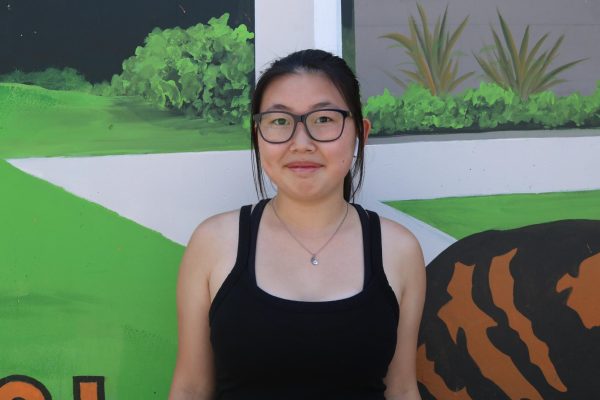
Junior Ylin Zhu is returning for her third year with The Californian Paper as News Editor. She looks forward to work with new people this year along with...
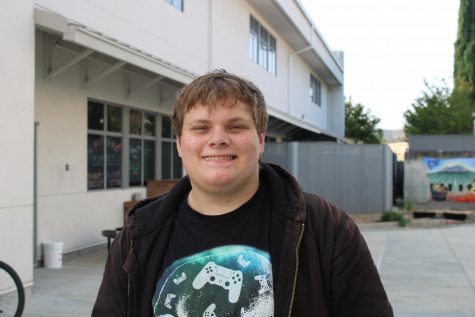
Ryan Syms is a junior at Cal High. He loves to take photos and he is a photographer for the Californian this year.
